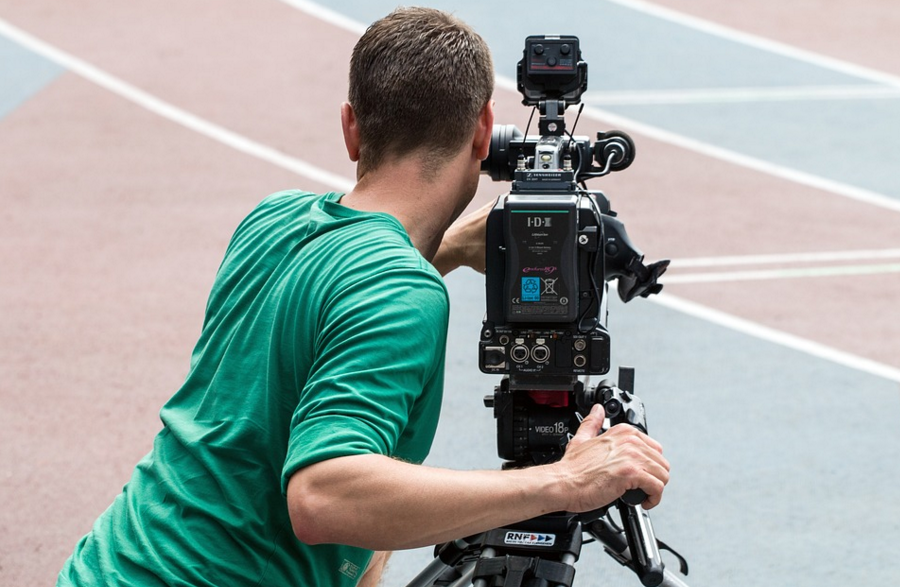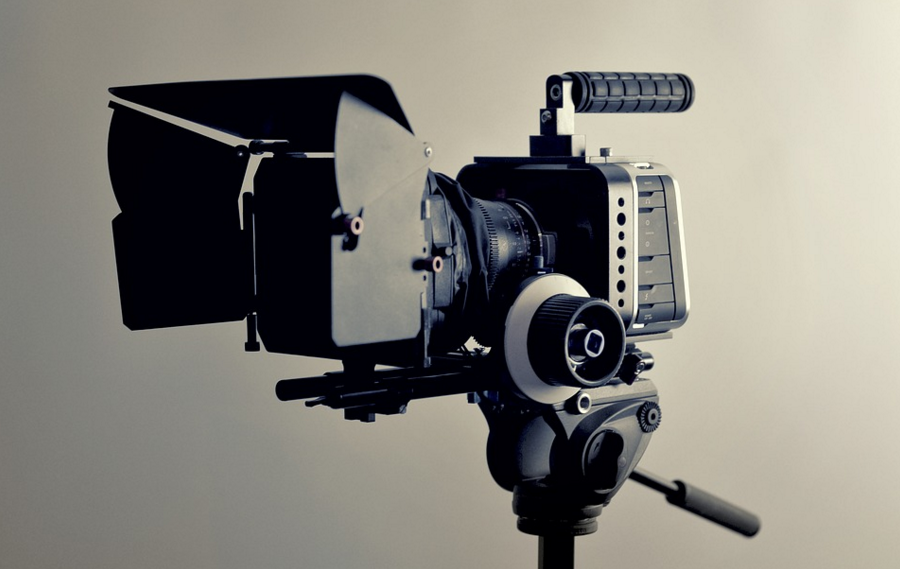Have you even noticed how much films are always seemingly evolving? Over the past few decades, film technology has made major advancements. Just compare the original “King Kong,” made in 1933, to the Peter Jackson remake from 2005.
Notice how lifelike the CGI King Kong looks in comparison to the stop-motion King Kong in the original film.
Here are some other films that have been remade … can you spot the changes in filmmaking technology?
“War of the Worlds”
“The Thing”
“Charlie and the Chocolate Factory”
“Casino Royale”
“The Karate Kid”
“The Mummy”
“Ocean’s 11”
While some changes to filmmaking technology and the craft of filmmaking might be obvious, there are other things that are not so apparent. Below, we’ve gone more in depth to four of the biggest changes in filmmaking.
1. Shorter Shots
James Cutting, a psychologist at Cornell University, was a panelist for the Oscars’ “Movies in Your Brain — The Science of Cinematic Perception” discussion in 2014, and has been studying perceptual and cognitive processing. Cutting examines how the brain’s processes relate to film components such as editing, frame rates, projection, and scene and narrative structure. He has been looking at shot duration over the past few years and has found that the average duration of a shot is consistently shorter now than it was a decade ago.
In an interview with “Wired,” Cutting said that the average length of a shot in 1930 was 12 seconds. Today, the average length is only 2.5 seconds. You may notice that in older films, directors added at least 1.5 seconds to each crowd scene, so the audience has time to look around and see who was in the shot. That isn’t the case today.
Attention spans may have something to do with shorter shots and the different patterns as well. It is human nature for someone’s attention to waver, no matter how hard we try to focus. According to Cutter, “People flake out every few seconds. You fluctuate in and out, and there’s a natural pattern to this.”
It is worth noting that some film scholars disagree, but Cutter argues that different patterns of shots found in today’s films go better with natural fluctuations in human attention because each new shot forces the audience to refocus on the film. There is a fine line though: films with too many short shots require too much attention, while films with too many long shots may allow the audience’s attention to wander. A strategic mix of short and long shots will help keep the audience engaged and entertained.
Of course, there are obvious exceptions. Recent popular movies such as “Birdman,” “Gravity,” and “1917” have almost no visible cuts at all. However, all three films take advantage of modern technology to move the camera in ways that would have been impossible even a few decades ago.
2. More Motion
Motion and action in a film help keep the audience’s attention. Have you ever watched an action movie and noticed your heart beating fast? Was your adrenaline pumping hard? It’s your body’s physiological response to motion within a shot. Filmmakers carefully and intentionally craft the motion we see on screen, to match the dramatic intensity of the scene.
3 Changing Light
Modern digital technology has allowed filmmakers to maintain better control over a more dynamic range of light. Movies today are often shot with much less light than their predecessors, allowing for more naturalistic effects. Take “Collateral,” for example, which was shot in the nighttime streets of LA with mostly natural light. Additionally, modern films are often much darker than films made in the gold age of Hollywood. And even the application of color has been adjusted to suit the taste of modern audiences. As Cutter explains, bright colors have stayed the same but interestingly dark colors have gotten darker.
An example of this is “Harry Potter and the Deathly Hallows: Part 1.” Notice that some shots from the trailer are extremely dark with only small focal points of light in the frame. Filmmakers use this technique to control where the audience looks and what they see.
4. Other Factors
There are other factors that have played a part in how film has evolved such as Blu-ray discs and IMAX theaters. Audiences can now also watch movies on smartphones, tablets, and computers, and stream movies through platforms such as Netflix.
Of course, these are just the changes in visual style that have been made possible by new technologies. Perhaps the biggest changes are those brought about by changes in society. But that’s the subject for another article.
Want to study film and filmmaking further? Explore our Filmmaking Workshops and Degree Programs to find one that fits you and your schedule.

